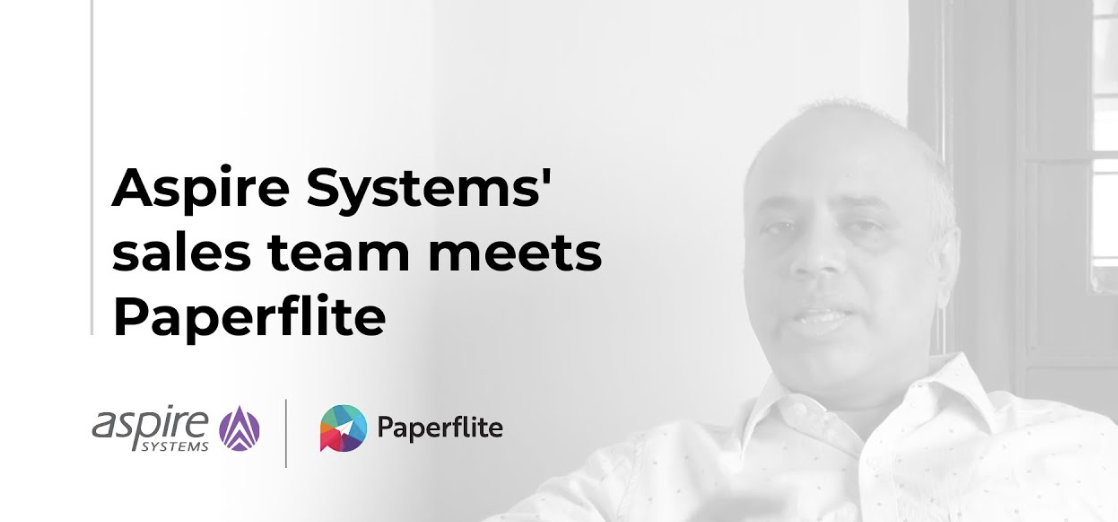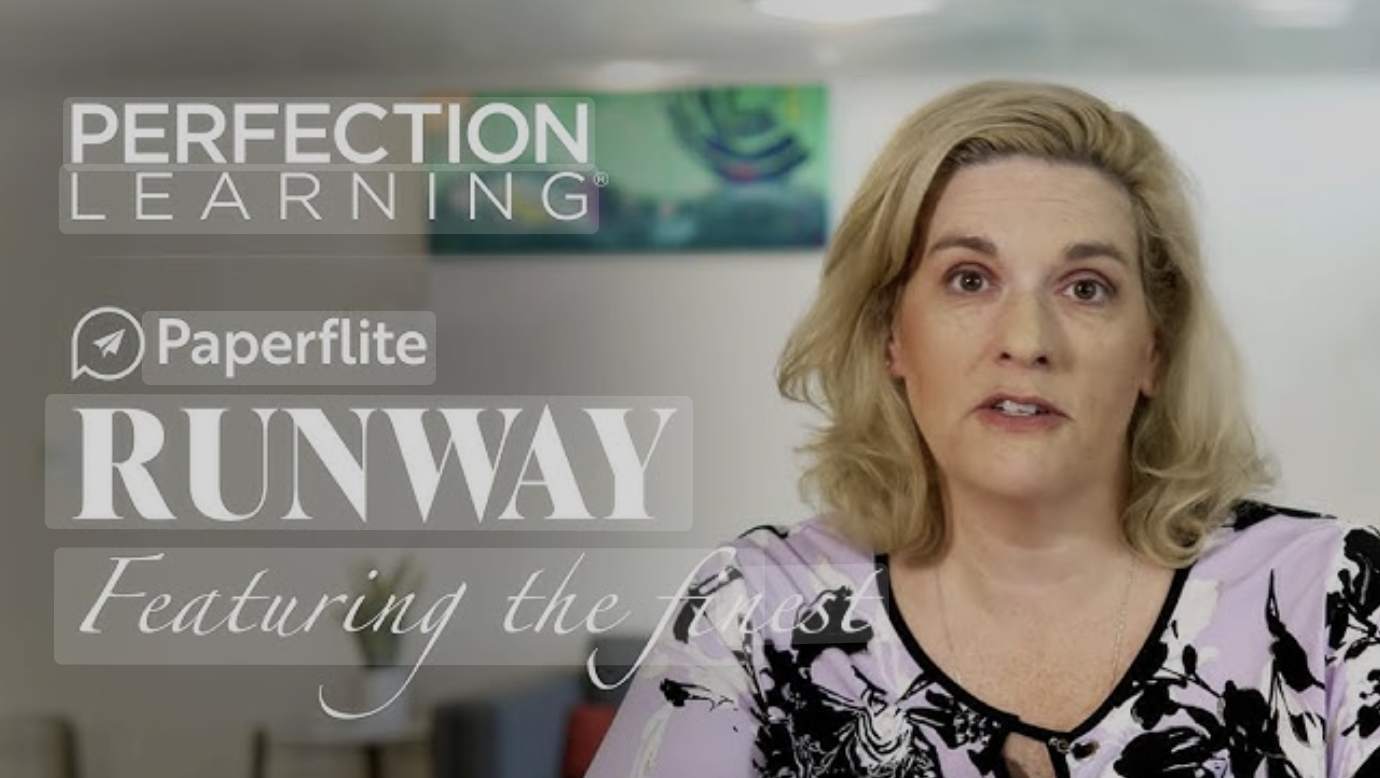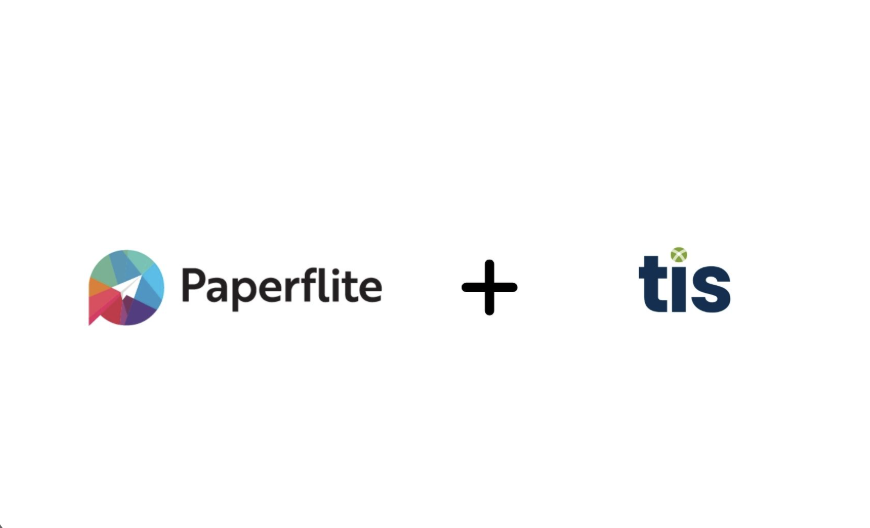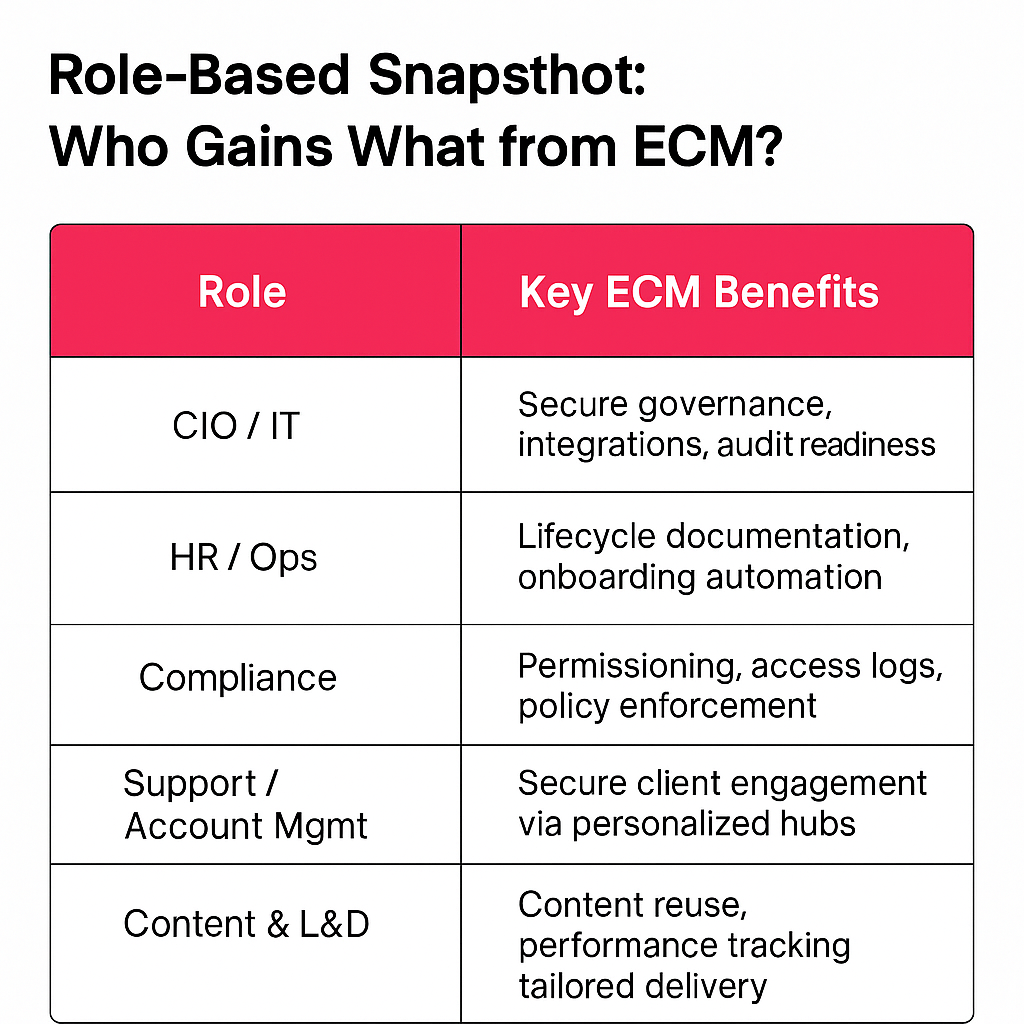6 key Benefits of Enterprise Content Management
Enterprise Content Management (ECM) is a system that governs the entire content lifecycle from creation and collaboration to secure archiving and compliance. It goes far beyond basic storage by offering role-based access, structured metadata, automation, and performance analytics.
Modern ECM platforms like Paperflite elevate this even further with tools like Seek for AI-powered discovery, dynamic tagging for organization-wide searchability, and centralized hubs that ensure content is both governed and findable when and where it’s needed most.
In this blog, we’ll explore six key benefits of ECM and how they translate into measurable business impact across different teams.
Key Benefits of ECM Role-Aligned Deep Dive
1. Reduce Search Time and Eliminate Content Chaos
Ops, legal, and HR teams often lose time navigating disconnected platforms to find the latest version of a file. ECM systems solve this by centralizing assets and making discovery fast and reliable.
- Full-text search and metadata filtering ensure assets are surfaced instantly
- Streams and tags group content by function, region, or asset type
- Seek extracts answers from within files no need to open each one
- Centralized access prevents outdated versions from circulating
Case in point: At Aspire Systems, organizing content by streams and applying contextual tags reduced a 6-hour search workflow into seconds—saving an average of 3 minutes per search for over 1,600 reps.

2. Streamline Operations and Improve Process Efficiency
Operational teams often face roadblocks in managing approvals, onboarding documents, and internal communications. Without a structured system, workflows depend on outdated files, scattered ownership, and manual follow-ups.
An ECM platform removes these bottlenecks by standardizing and automating key content flows:
- Version control ensures teams always use the latest documents
- Templated workflows simplify recurring processes like onboarding or policy distribution
- Real-time updates across shared hubs eliminate version mismatches
- Approval workflows enforce consistency and reduce back-and-forth
Case in point: Perfection Learning used ECM to create curriculum delivery hubs, automating partner onboarding and drastically reducing manual intervention.

3. Ensure Data Security and Compliance Readiness
For IT, legal, and compliance teams, knowing who accessed what and when isn’t optional; it’s essential. Whether you're managing sensitive internal documents, regulatory files, or market-specific assets, ECM platforms provide the structure and safeguards needed for enterprise-grade governance.
Key features include:
- Role-based access controls that limit content visibility based on user, region, or department
- Detailed content audit trails tracking every share, view, and interaction
- Retention policies and version control to enforce data lifecycle management
- Real-time access logs for internal and external content distribution
Case in point: Armada’s teams used Paperflite to control access to medical and marketing content distributed across geographies. Regional teams only accessed content tagged and approved for their jurisdiction, minimizing compliance risks and ensuring message accuracy in regulated markets.

4. Deliver Personalized Content Experiences at Scale
For sales, support, HR, and customer success teams, sharing context-rich, stakeholder-specific content shouldn’t require technical help. When personalized delivery becomes instant and trackable, teams move faster—and engagement goes deeper.
Modern ECM platforms make this possible through:
- Microsites (Collections) for curated, role-specific content experiences
- Live updates that keep shared links always current no resending required
- Secure access controls with optional expiration, download gating, and view permissions
- Engagement tracking to understand what content resonates with each recipient
Case in point: TIS enabled non-technical users to build collections tailored to Legal, IT, and Finance unlocking $3.94M in pipeline and boosting stakeholder content usage by 63%.

5. Eliminate Content Wastage
Most enterprises create far more content than they actually use and even less of it drives meaningful engagement. Without visibility into performance, teams continue producing assets that add to clutter, not conversion.
Enterprise Content Management platforms like Paperflite change that by delivering real-time, granular analytics:
- View-level tracking shows who accessed what, when, and for how long
- Page and slide-level insights reveal where attention drops off
- Internal vs. external usage metrics help teams tailor content by audience
- ROI dashboards map engagement directly to pipeline or adoption outcomes'
Case in point: Kendo used Paperflite’s analytics to understand what resonated with specific stakeholder groups. This clarity helped them stop pushing underused assets and instead double down on content that influenced decisions saving production time and improving overall enablement effectiveness.

6. Scale Content Operations Without Losing Structure
As organizations grow, so does the volume and complexity of content. Without a scalable system, teams end up duplicating efforts, losing oversight, and missing reuse opportunities across departments.
A strong ECM system keeps content operations structured, searchable, and efficient at scale:
- Categorization via Streams helps organize assets by function, region, or audience
- Batch editing and updates ensure consistency without manual rework
- Multilingual tagging supports localization and global compliance
- Cross-functional visibility enables reuse between internal and external-facing teams
Case in point: Mint used Paperflite’s ECM framework to support both internal L&D and external client onboarding. By running parallel content streams, they reduced duplication, tracked usage across audiences, and ensured every piece of content served multiple functions without added overhead.

Role-Based Snapshot: Who Gains What from ECM?

Parting with:
Enterprise Content Management isn’t just about organizing documents—it’s about transforming how teams across the business interact with information. From IT securing systems and meeting compliance mandates, to sales, HR, and customer success teams sharing the right content at the right time, ECM unlocks measurable gains in efficiency, control, and visibility.
By centralizing assets, enabling intelligent discovery, and delivering role-based insights, platforms like Paperflite help organizations eliminate content chaos and scale content operations with confidence.
It’s time to evaluate your current content environment—and explore how ECM can work for you.
